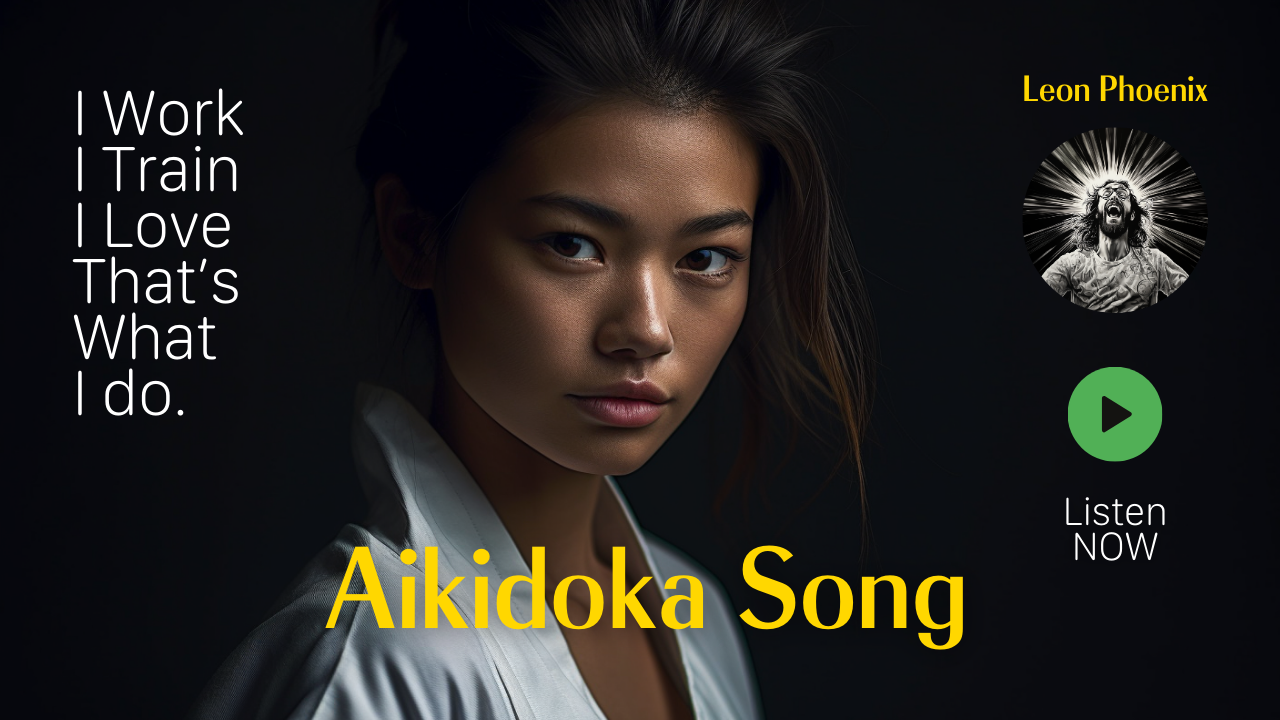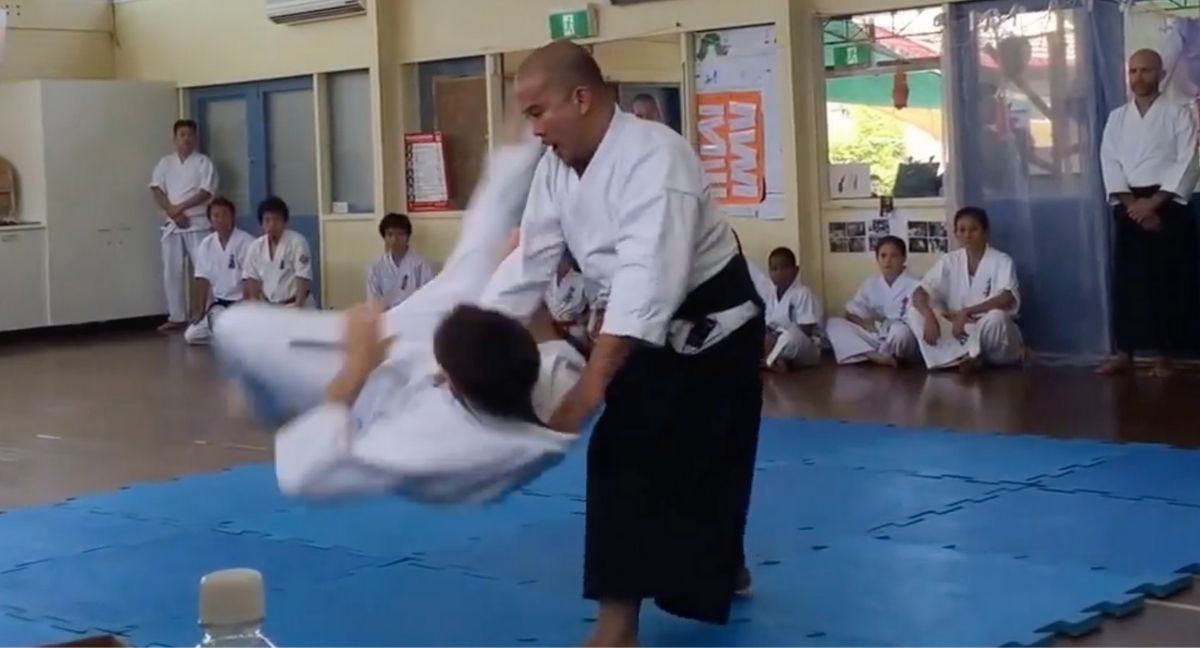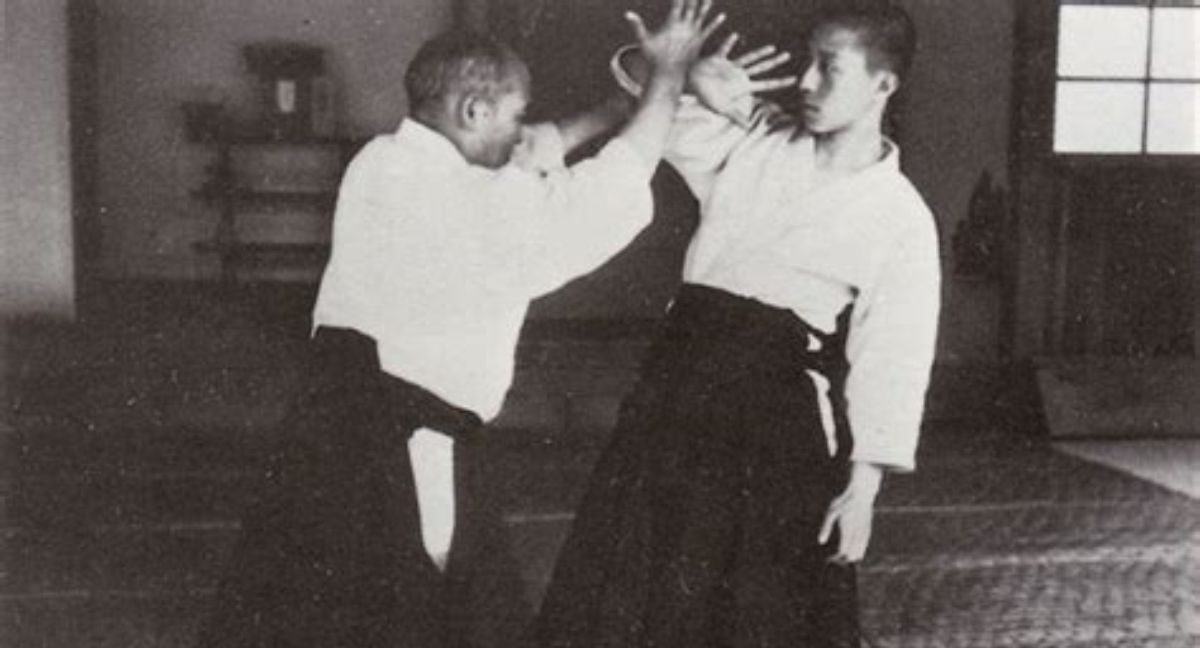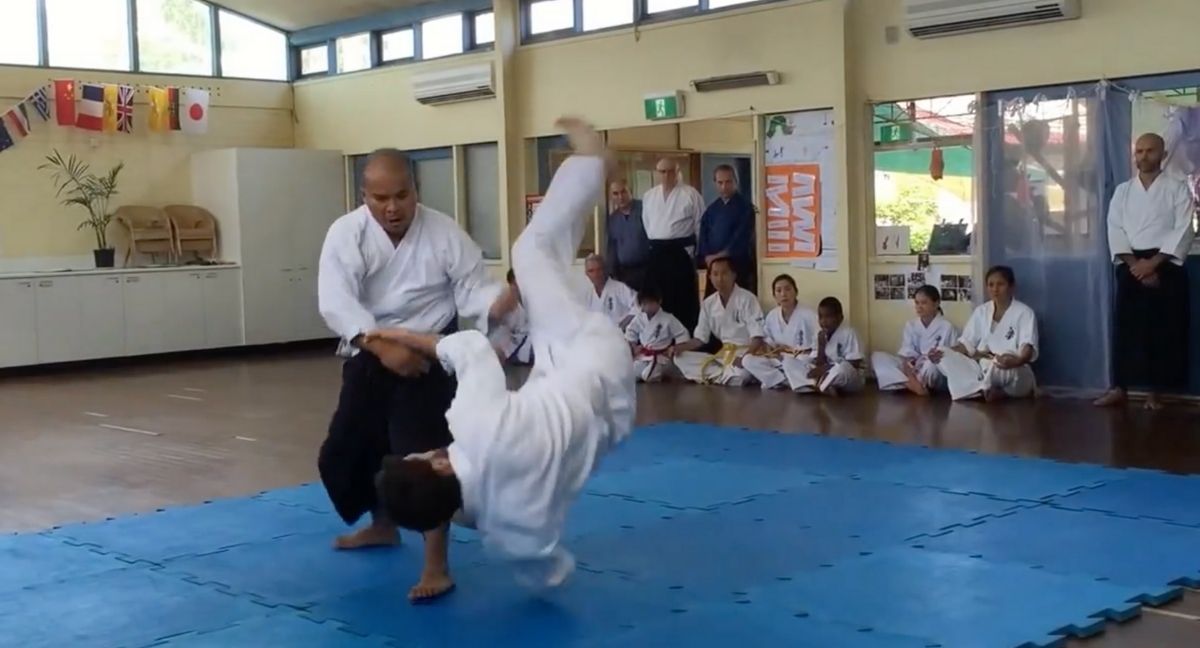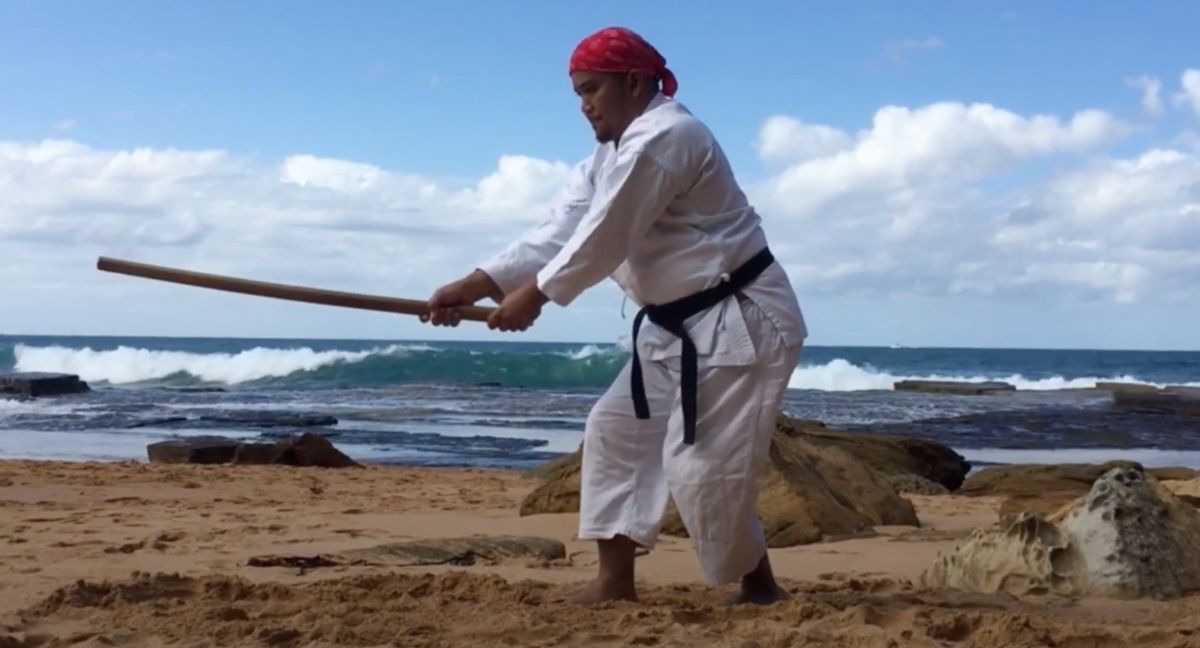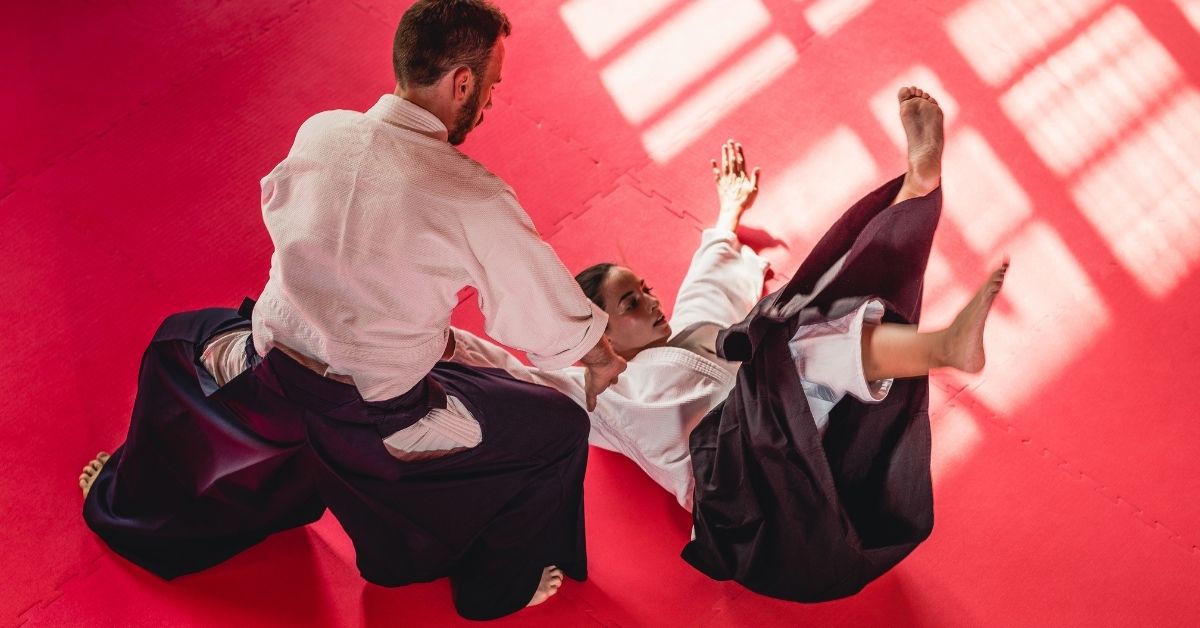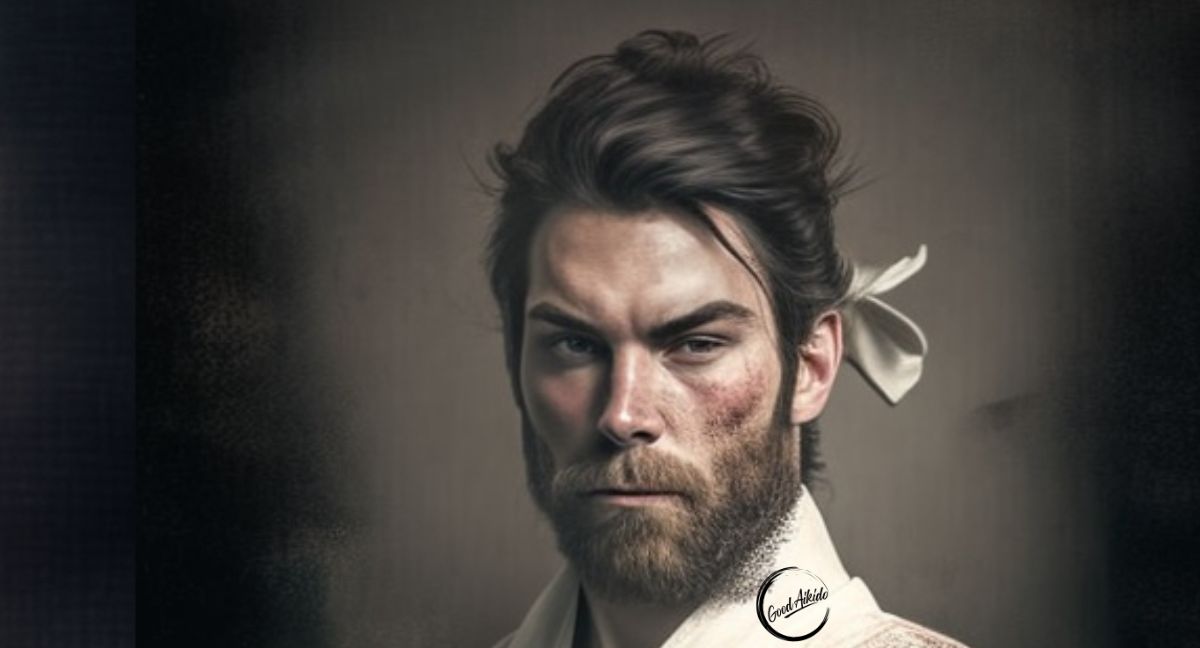Aikido Osae Waza
Osae Waza: Control or Pinning Techniques
Osae Waza comes from the Japanese word Osaeru (抑える) which means ‘to control, suppress, or control’. ‘Osae Waza’ means suppressing, pinning, or controlling techniques. The purpose of Osae Waza is to suppress or control an attack or aggression. Osae Waza is usually learned from Suwariwaza ‘sitting techniques’. There are usually five. Ikkyo, Nikyo, Sankyo, Yonkyo, Gokyo. There are more Osae (Waza) Techniques that are taught but not graded on such as Rokyo, Dokyo, Ude Gaeshi
Imagine the point between ‘distance combat’ and ‘wrestling’. It is called the ‘struggle point’ of combat. Osae Waza is best used at this ‘struggle point’.
On this page I found some of Osensei’s photos doing the first Five Aikido Techniques Osae Waza.
I also added videos of Aikido Masters doing the same first Five Techniques. Notice the slight difference. Notice the similarities.
Notice that the first Five Techniques of Aikido are the most basic, yet they evolved.
What they all have in common is they are all Good Aikido.
Osae Waza starts from three positions:
Suwariwaza – Both sitting
Tachiwaza – Both standing
Hanmi Handachi – One sitting and the other standing.
The First Five Aikido Taijutsu Lessons are Osea Waza
The first Five Aikido Techniques are controlling or pinning techniques. You literally name them as you count them.
The first Five Aikido techniques are:
Ikkyo (first lesson), Nikyo, Sankyo, Yonkyo and Gokyo (fifth lesson). They are usually learned from static (Kihon) sitting techniques called Suwariwaza.
The Yoshinkan school retains these Daitō ryū Aiki jūjutsu terms for the “first” through “fourth” lessons:
一ケ条 Ikkajo
二ケ条 Nikajo
三ケ条 Sankajo
四ケ条 Yonkajo
There are usually two points of movement in osae waza, Omote (front) or Ura (behind or vacuum).
The first Five Aikido Taijutsu Lessons are Osea Waza
Ikkyo – Take the balance and pin the elbow.
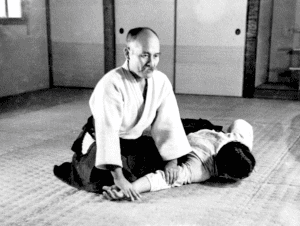
Nikyo – Lock the wrist and pin the balance.

Sankyo – Twist the wrist and cut the balance.
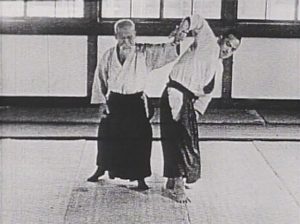
Yonkyo – Take the balance and control the forearm.
Gokyo – Control using the ‘reverse forearm grip’.

Knees and Joint Care
Just a heads up. Knee injury is one of the most common problems in martial arts especially in grappling arts like jujutsu, and Aikido.
I remember in my early twenties and to mid-thirties I started going through this problem. It was customary and very ‘manly’ to do shiko, suwari-waza, and hanmi handachi without any knee pads. It was even considered ‘cheating’ to wear one. So like most Aikidoka and jujutsu practitioners, I didn’t wear any. I’ve noticed the older I got, the more my knees started clicking and playing up.
I got so bad that I had to go to my doctor. My doctor ordered me to wear knee pads and take fish oil tablets. The short story is it worked. I don’t have any more problems with my knees and it also improved my Aikido because I can do shiko, suwari-waza, and hanmi handachi without any knee issues. It’s like wearing boxing gloves when hitting a heavy bag. It just works.
So please wear knee pads. Here are the ones that I use, they have satin fabric so it’s comfortable to the back knee even when sweaty. Go and GET them. Do yourself a favour. Wear them during Keiko. Don’t be a hero on this. Be smarter with your training. Just DO IT. Get them.
The Struggle Point of Combat
Now back to our subject…
Going back to the point between ‘distance combat’ and ‘wrestling’. The ‘struggle point’ of combat. Pinning and grappling techniques are best used at this ‘struggle point’.
The ‘struggle point’ of combat is when the distance is close. Imagine when punching and kicking are too close. Around the elbow and knee swing radius. Uke and Nage (Tori) are starting to grab and control each other. Pinning and grappling techniques are good to use in this ‘struggle point’. This ‘struggle point’ is usually the start of the wrestling part of combat.
One of the best ways to gauge your Aikido is by analysing your pinning and grappling techniques in suwariwaza. If you can do the Osae Waza techniques well, then you are on the path to Aikido Mastery. How do you become good in Osae Waza? Train it in every class if possible. Watch the pinning and grappling techniques videos below and learn from the Aikido Masters demonstrating them.
Watch struggle points in boxing, sumo and judo.
When not to use Osae Waza
Grappling and control techniques are the preludes to wrestling when both uke and tori resist. Although pinning and grappling techniques are good to use in a one-on-one situation. Pinning and grappling techniques may be too involved to use in a multiple-attacker situation. You can grapple, control uke, and use him as a shield from other attackers, however, this defence is short-lived. This strategy is defensive and offensive multiple attackers eventually can get to you.
In other words, avoid grappling and wrestling with multiple people at the same time. Don’t go to the ground to grapple and wrestle if you have more than one opponent. It’s a terrible tactic it will get you beaten up.
Use the Trinity of Jiuwaza or randori Aikido Techniques for multiple attackers. It is less involved and the attackers are kept at a distance.
Good Aikido Techniques examples of Osae Waza
Aikido Pinning Techniques
Morihiro Saito demonstrates Shomenuchi Ikkyo Omote
Aikido: Christian Tissier – Ikkyo
Yoshinkan Aikido Ikkajo
Subscribe To My Newsletter
BE NOTIFIED ABOUT BOOK SIGNING TOUR DATES
Donec fringilla nunc eu turpis dignissim, at euismod sapien tincidunt.



